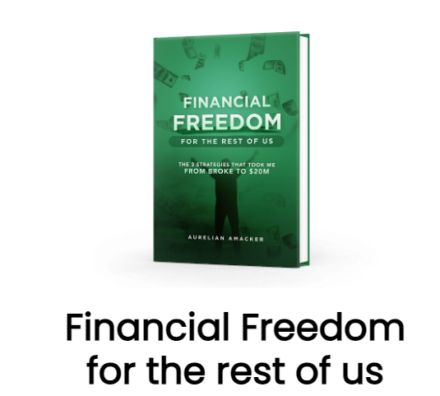What are the quick, simple, and maybe a little “weird” productivity tricks entrepreneurs use to get more done?
Well, I’m always curious about that myself so I decided to ask 26 of my most productive and successful friends for the “hacks” and tools they use every day.
(And I added in one of my own to round out the list.)
This episode was a ton of fun to put together and I owe a huge thank you to everyone who participated! I know I learned of a few new tools to try and I’m sure you will to.
If you like this style of show, you might consider checking out last year’s round-up episode as well, which asked 25 people how they made their first side hustle or business income.
You can see the participants and the approximate timestamps of their advice below. Enjoy!
Related: I created The Progress Journal to help me focus on my most important work and be more effective every day.
Subscribe to The Side Hustle Show on Apple Podcasts!
Subscribe to The Side Hustle Show on Google Podcasts!
Subscribe to The Side Hustle Show via RSS!
Or use the player app above to listen right in your browser.
Sponsors:
Notion – Try Notion AI for free!
Participants:
Pat Flynn – (2:02) – Keep a 1-word Post-It note where you can see it. The word? Start.
Kate Erickson – (3:56) – Get rid of your dirty dishes.
Jaime Masters – (5:35) – Prioritize your schedule to reduce decision fatigue.
Robert Farrington – (7:47) – Start by checking yesterday’s earnings for motivation.
Jon Haws – (9:36) – Use Google Calendar to manage your life.
Claudia Pennington – (11:15) – Stop using your calendar as your to-do list. (Use Trello instead!)
Madalyn Sklar – (12:02) – The 6-Pack: Your top 6 priorities on a Post-It note each day.
Derek Doepker – (13:36) – 3 magic words: “Can I just” + a micro commitment.
Mark Horoszowski – (14:45) – Get some movement in first thing in the morning.
John Corcoran – (15:55) – Use a standing desk.
Benny Hsu – (17:36) – Consider renting an office.
Joe Saul-Sehy – (22:17) – Give yourself some background noise with a site like Coffitivity.
Matt Marr – (25:26) – Consider getting rid of your desk. Think of your hustle theme song!
Mike Greig – (28:44) – Work in places without an Internet connection.
John Lee Dumas – (29:56) – Use the Pomodoro method and set an actual timer for it.
Austin Netzley – (31:01) – Start your Pomodoro sprints by clapping your hands.
Monica Louie – (23:35) – Always have your earbuds in while you’re working.
Amber Hurdle – (34:39) – Set different playlists for different tasks.
Nina Babel – (36:18) – The 20/20/20 Rule: Every 20 minutes walk at least 20 feet away for at least 20 seconds.
Pete McPherson – (37:57) – Speed up your mouse sensitivity and use voice recognition software on your computer to write even faster.
Brock McGoff – (39:57) – Learn the keyboard shortcuts for every program you use.
Danielle Cuomo – (41:45) – Use RescueTime to see where your hours are really going.
Nate Hirsch – (43:07) – Use Yet Another Mail Merge to send email more efficiently.
Brandon Turner – (44:15) – Track the time you spend on your phone with the Moment app and try turning your screen black and white.
Grant Baldwin – (46:43) – Have a way to capture your ideas.
Bethany Bayless – (48:17) – Keep separate notebooks to compartmentalize different areas of your life and business.
Links:
How to Make Time for Your Side Hustle
LastPass
ClipX | CopyClip for Mac
HabitShare app
Five Minute Journal
Asana
TextExpander
Boomerang for Gmail
Drip
Trello
Evernote
Varidesk
Magnet app for Mac | AquaSnap was the Windows alternative I found
Apple Pencil
Good Notes app
Coffitivity
RainyCafe.com
Process Street
Rize app
Brain.fm
Canva
Tailwind
Tomato-Timer.com
Vidyard GoVideo
Dragon Dictation
CloudApp
Freedom.to
PhraseExpress
RescueTime
Yet Another Mail Merge
Moment app
Slack
Screencastify
Nomatic Planner
Bullet Journal
Zencastr
Unroll.me
What do you think?
Any favorite ideas from the show? New tools you’re going to test out? Let me know in the comments below!
Pin it for later:
Looking for More Side Hustle Help?
Start Your Free $500 Challenge. My free 5-day email course shows you how to add $500 to your bottom line.
Join the free Side Hustle Nation Community. The free Facebook group is the best place to connect with other side hustlers and get your questions answered.
Download The Side Hustle Show. My free podcast shares how to make extra money with actionable weekly episodes.


















